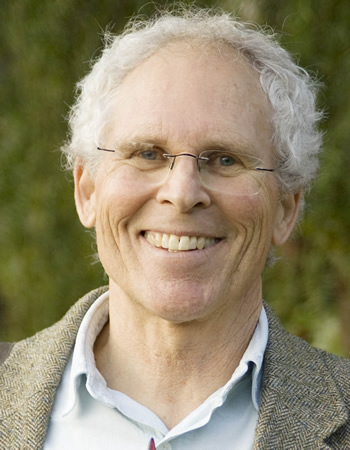Answering the Call of the Pacific

By Tom Osborne
Jet-lagged and besotted by the enchantments of distant Pacific isles, I just returned from two weeks of voyaging with National Geographic-Lindblad expeditions to Fiji, Vanuatu and the Solomon Islands. This was my wife Ginger’s and my tenth voyage to parts of the Pacific Basin.
Since childhood, the Pacific World has had a firm hold on me. Swashbuckling pirates, Polynesian canoers, Euro-American mariners, whalers, missionaries, sandalwood and China traders, a grandfather who served in the South Pacific in WWII, surfers—all have been swirling in my head for as long as I can remember. The haunting sounds of “Bali Hai,” from Oscar and Hammerstein’s famed musical “South Pacific,” have rarely been far from my imagination. My travels, teaching, and writings reflect my fixation on all things Pacific. When I put a conch shell to my ear, “Bali Hai” calls to me.
Among Lagunans, I’m probably not alone in this. Greg and Barbara MacGillivray and family have documented and produced several acclaimed IMAX Pacific-themed films. Former Laguna mayor Bob Gentry relocated to Hawai’i. Local letter-writer Howard Hills, I’m told by my friend and City Councilmember George Weiss, has expertise on Micronesia, where he met and married his wife. My neighborhood is home to several Lagunans who have surfed and sailed extensively throughout the Indo-Pacific world.
The call of the Pacific, I must add up front, is not only a siren song of allurement to an idyllic island world. That call is also for help to stave off the ravages of climate change-induced sea level rise, ocean warming and coral reef bleaching. I’ll return to this matter shortly.
Our just-completed expedition, which began with a flight from LAX to Nadi in Fiji, took us aboard the ship Orion from Lautoka, Fiji to Owaraha in the Solomon Islands, some two weeks later. Most, if not all, of that time, we were voyaging in the Coral Sea. Cultural specialists gave lectures to our forty or so passengers on the transpacific migrations that led to the peopling of Melanesia 50,000 to 100,000 years ago by migrants from far away Africa. One of these cultural specialists aboard the Orion was Tua Pittman, a Polynesian master navigator from the Cook Islands. He gave a detailed talk on the so-called Star Map, developed by Micronesian and Polynesian voyagers in ancient times. He and other onboard cultural specialists discredited the recent notion of a few scholars, like Andrew Sharp, that ancient indigenous voyagers discovered the Pacific’s archipelagos by accident. Instead, celestial navigation coupled with currents, cloud formations, and bird sightings made possible the early voyaging to insular lands scattered across the world’s largest ocean. Pittman cited renowned maritime archeologist and historian James P. Delgado for the view that Polynesian pre-compass and pre-sextant navigators were arguably among the best maritime explorers in history.
By the time we voyaged to Guadalcanal, I was reading William Doyle’s book titled PT 109 and viewing inscriptions in the National Museum on the ferocious WW II battle between U.S. and Japanese forces there. A photograph and chronicle recounted a twenty-something torpedo patrol boat commander who won the Navy and Marine Corps Medal and Purple Heart for valor and injuries sustained while helping his crew survive when a Japanese destroyer bisected their boat on August 1-2, 1943. The commander swam four miles at nighttime in shark-infested waters with a badly burned crewman on his back until the two and nine others reached a coral-covered beach that tore their bare feet to shreds. The rescuer-boat commander was John F. Kennedy. His men adored him and sensed that “Jack” may be on his way to the White House.
Besides the National Museum, our group visited the National Parliament building on Guadalcanal. The Melanesian docent described his government, after which I asked how the Solomon Islands government was dealing with climate change-induced sea level rise. He said sea walls were no longer enough; his government was now considering how to relocate residents elsewhere throughout the region. Pacific islanders are calling on the carbon-polluting nations to seriously cut emissions now. The islanders’ climate travails are fast becoming our own.
Tom Osborne co-leads the Laguna chapter of Citizens’ Climate Lobby with his wife, Ginger. [email protected].




